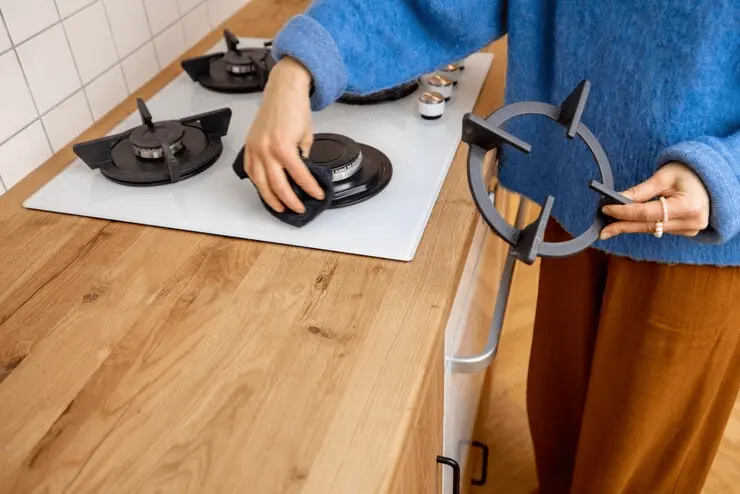Upgrading your kitchen with a gas stovetop is a great way to improve cooking efficiency and precision. Gas cooktops offer immediate heat control, even flame distribution, and professional-level performance. However, proper gas stovetop installation is crucial for both safety and optimal appliance performance. Whether you’re remodeling or replacing an existing unit, understanding the process and requirements is essential.
Why Choose a Gas Stovetop?
Gas stovetops are a preferred choice for many homeowners and chefs because of their instant heat and superior control. Unlike electric cooktops, gas burners respond immediately when adjusted, giving you better command over your cooking. They also continue to work during power outagesan added benefit in areas prone to electrical disruptions.
From a home appliances perspective, gas cooktops are durable and often more cost-effective over time, especially if your home already has a gas line in place. However, installation is not a DIY job for most people, as it involves working with combustible gas and requires strict compliance with building codes.
The Gas Stovetop Installation Process
The gas stovetop installation process involves several key steps, all of which must be performed with precision and adherence to safety standards:
- Preparation and Measurement: The installer will first ensure the new stovetop fits the designated countertop cut-out. Accurate measurements are critical to avoid gaps or improper sealing.
- Gas Line Connection: If a gas line already exists, it will be inspected for compatibility and safety. If not, a licensed technician must install a new line, which may involve drilling or pipe rerouting.
- Regulator and Valve Setup: A gas regulator and shut-off valve are installed to control the gas flow. These components must meet local safety regulations and manufacturer guidelines.
- Leak Testing: After connecting the stovetop, the technician will perform a leak test using a gas detector or soapy water method to ensure there are no leaks at the joints or connections.
- Ignition and Final Testing: Finally, the unit is tested to confirm proper ignition, burner performance, and flame stability.
Professional Installation Matters
Because gas appliances pose a risk of fire or carbon monoxide leakage if installed incorrectly, it’s vital to hire a certified professional. They not only ensure a safe installation but also help you comply with local building codes and warranty requirements.
Investing in a gas cooktop can significantly enhance your cooking experience, but safe and professional gas stovetop installation is key to unlocking its full potential. With the right setup, you’ll enjoy reliable performance, peace of mind, and a more efficient kitchen for years to come.

